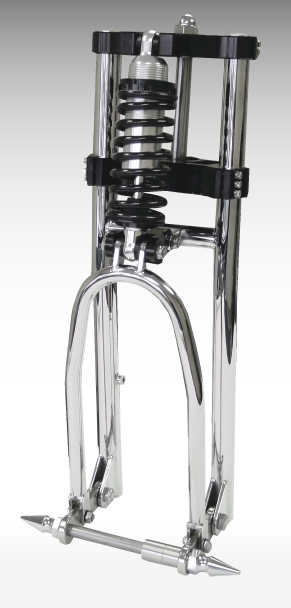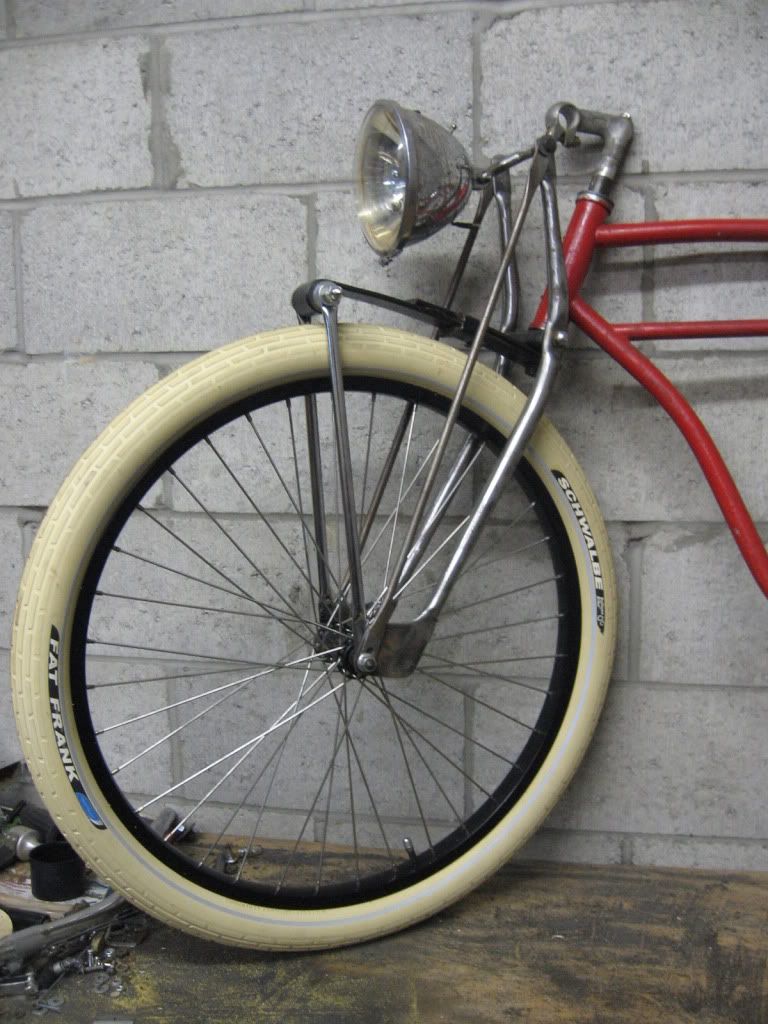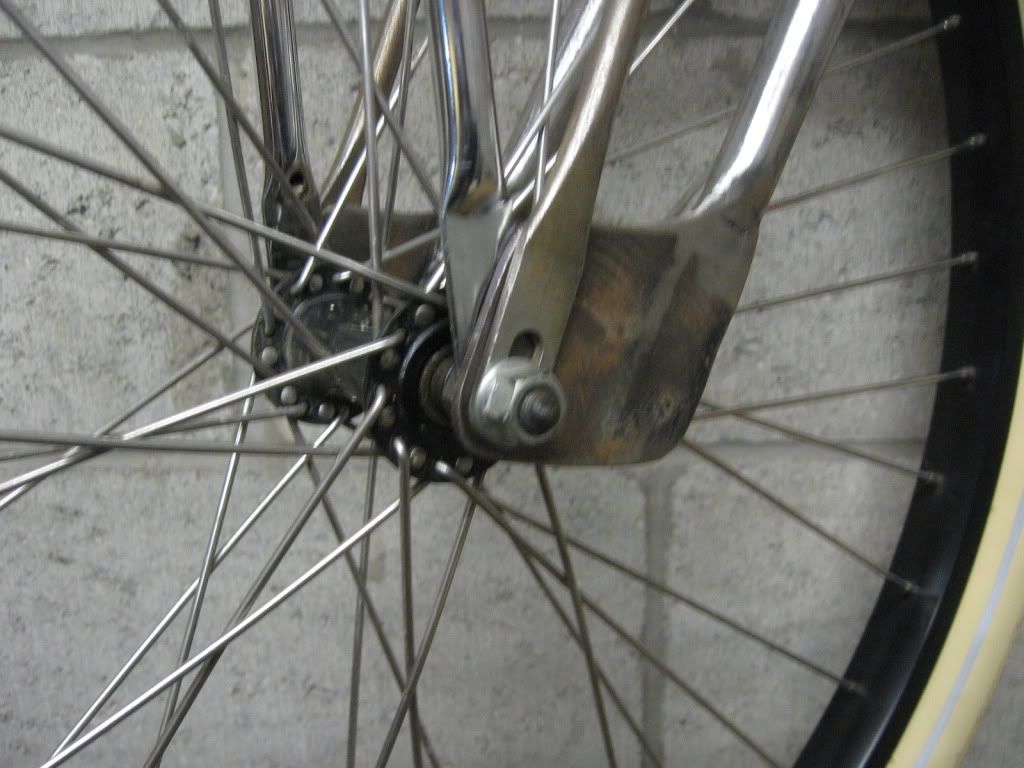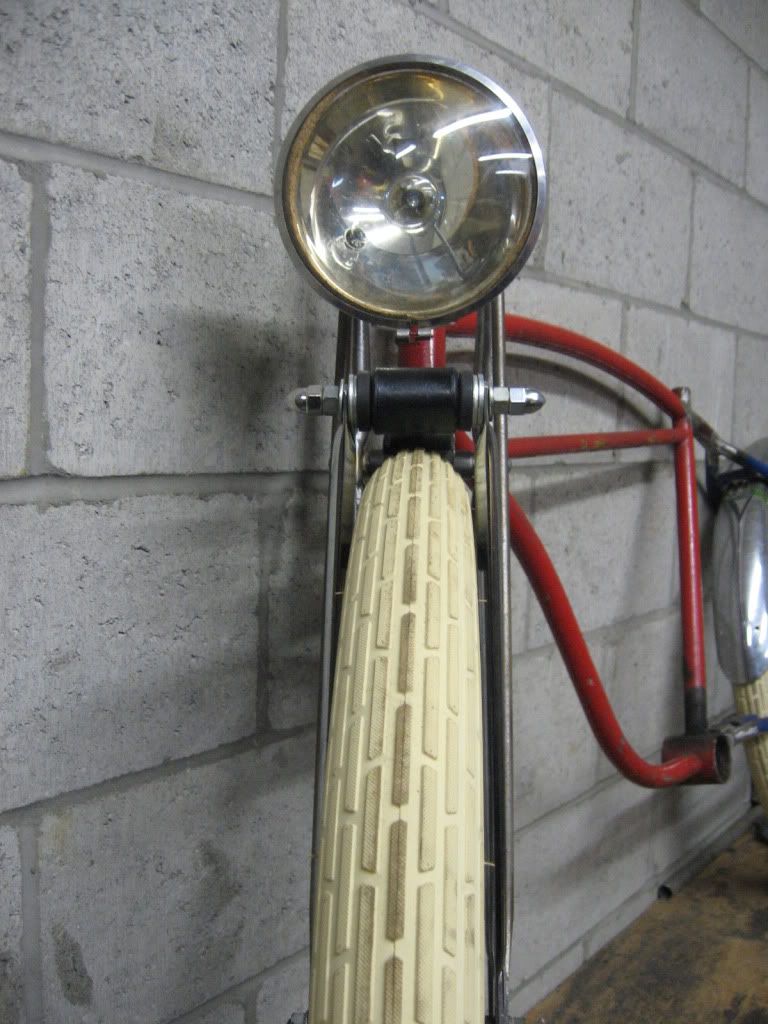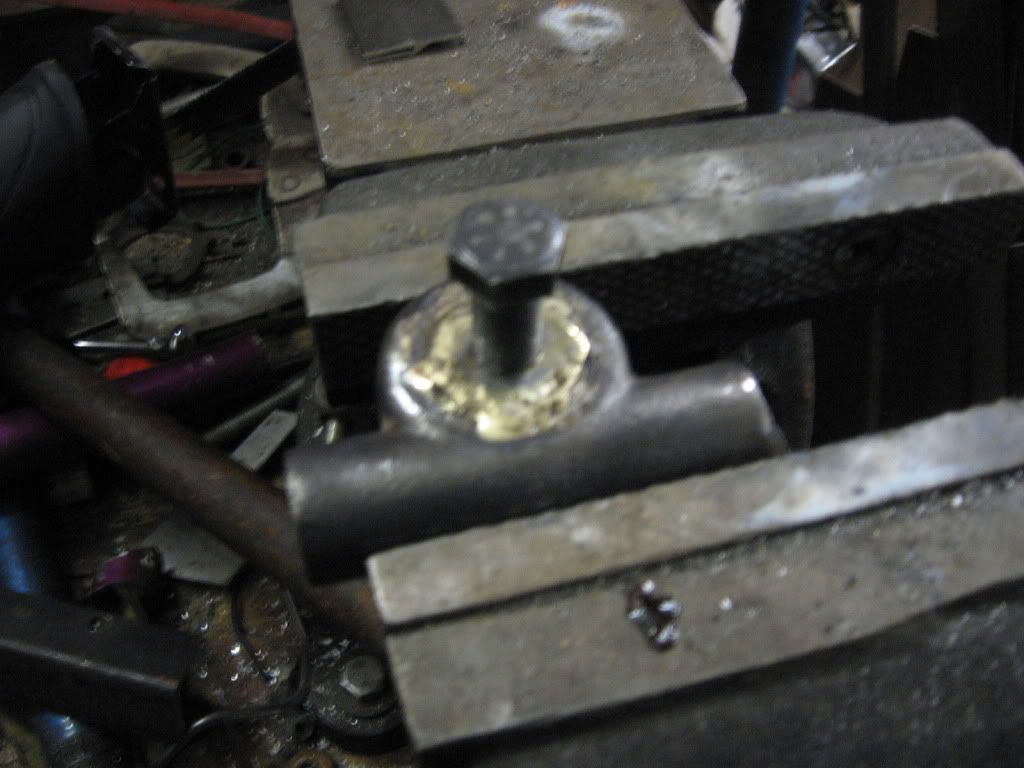Dorian said:
Uncle Stretch said:
Almost everybody that used John's plans finds out real quick that the two tubes going through the top plate need nuts welded in them and just a bolt hole drilled instead of the full size tube hole. If you build a set you will see the problem quick. Its a really good design and cheap to build.I'm sure he was aware of the problem , and I'm surprised he never changed it. Oh well they are a really detailed set of blueprints for free...can't gripe much.
It looks like John uses the three large holes on the top plates of all his spingers, like the way they did on chopper motorcycle springers in the 70's. I think the article mentions something about bolting the top plate to the main fork tubes if your going to use motorcycle risers. If your making a fork like the one in the article with a bicycle goose neck I dont think you would have any problems at all. That bottom fork plate would never bend or distort. I'm sure the main fork tubes would bend below that lower plate if you ran into a wall or something. he said it was basic for 1st time builders, and they could modify it as they needed. He must have come up with that article before you could get spingers from Choppersus? I'll have to read it again.
On any of the triple tree springers , you can tighten the top plate to the legs. On his if you drill the top plate with three 1'' holes then the only thing holding the top plate on is the neck tube. It works, but if you drill just a small hole where the top tubes meet the plate and weld a nut in the top of the tubes , its rock solid. His design is really simple, and it was really nice of him to give it to the bicycle world for free. If you print and cut out all the pieces , its a simple build. Changing it a little will make it better.
